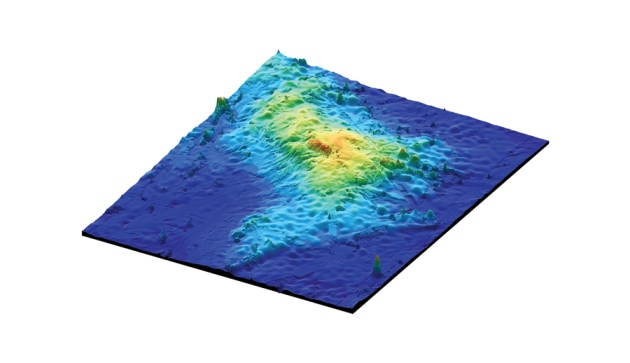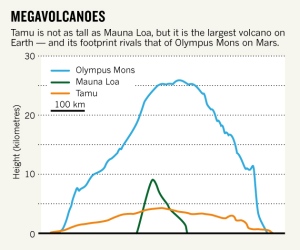By Gemma Tarlach | September 5, 2013

From: Enormous Pacific Volcano Rivals Solar System's Largest - D-brief | DiscoverMagazine.com
So what? There are inactive volcanoes all around the world. What makes this one a big deal?

From: Enormous Pacific Volcano Rivals Solar System's Largest - D-brief | DiscoverMagazine.com
So what? There are inactive volcanoes all around the world. What makes this one a big deal?



